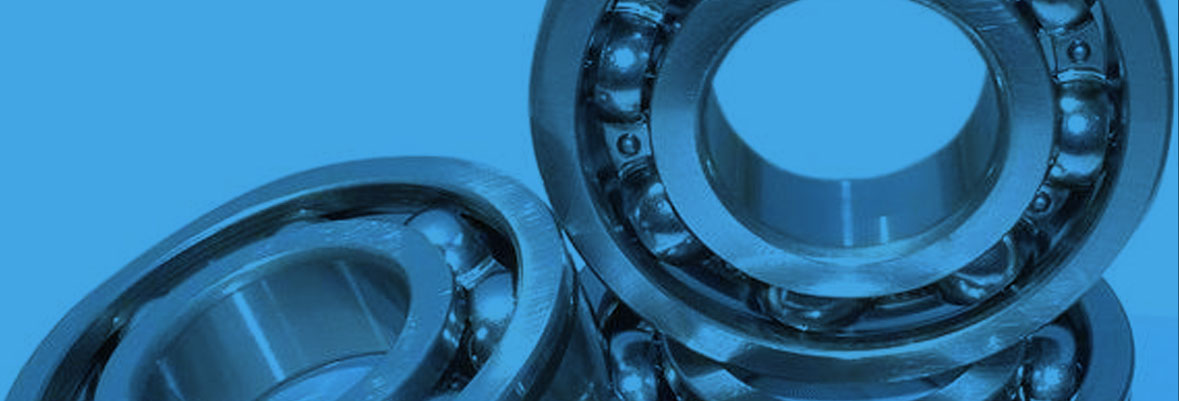
Different Types of Ball Bearings
- Date : 24 December, 2020
- Category: Ball Bearings
1. Roller bearings
This rolling-element bearing use rollers or cylinders for maintaining the gap between the moving parts of the bearing. The main purpose of this type of bearing is to reduce rotational friction apart from supporting the axial and radial loads. Roller bearings can easily support heavy radial loads. However, these can support limited axial loads. These bearings can operate at moderate and high speeds. However, the maximum speed is generally below the highest speeds of all ball bearings.
2. Ball thrust bearings
3. Roller thrust bearings
These bearings can support huge thrust loads. These bearings are often used in gear-sets (between gears) and between the rotating and the housing shafts. The helical gears that are widely used in most transmissions have angled teeth. These teeth produce a thrust load which needs to be supported by a bearing.
4. Tapered roller bearings
5. Magnetic bearings
6. Flexure Bearing
In this type of bearing, one part joins two others, just like a hinge, where the motion is supported by a load which bends. Flexure bearings need continuous bending. And that’s why material selection is crucial. Some materials fail with continuous bending, even when the load is low; however, with the right material and bearing design, a flexure bearing can last really long. Another significant characteristic of this bearing is that it is resistant to fatigue.
7. Jewel bearings
This type of bearings is plain bearings and come with a metal spindle. This spindle turns in a pivot-hole that’s jewel-lined. They roll the axle (which is just a bit off-centre) for carrying loads. These are generally used in mechanical watches or clocks. It’s because of their low and predictable friction that helps in improving the watch’s accuracy.